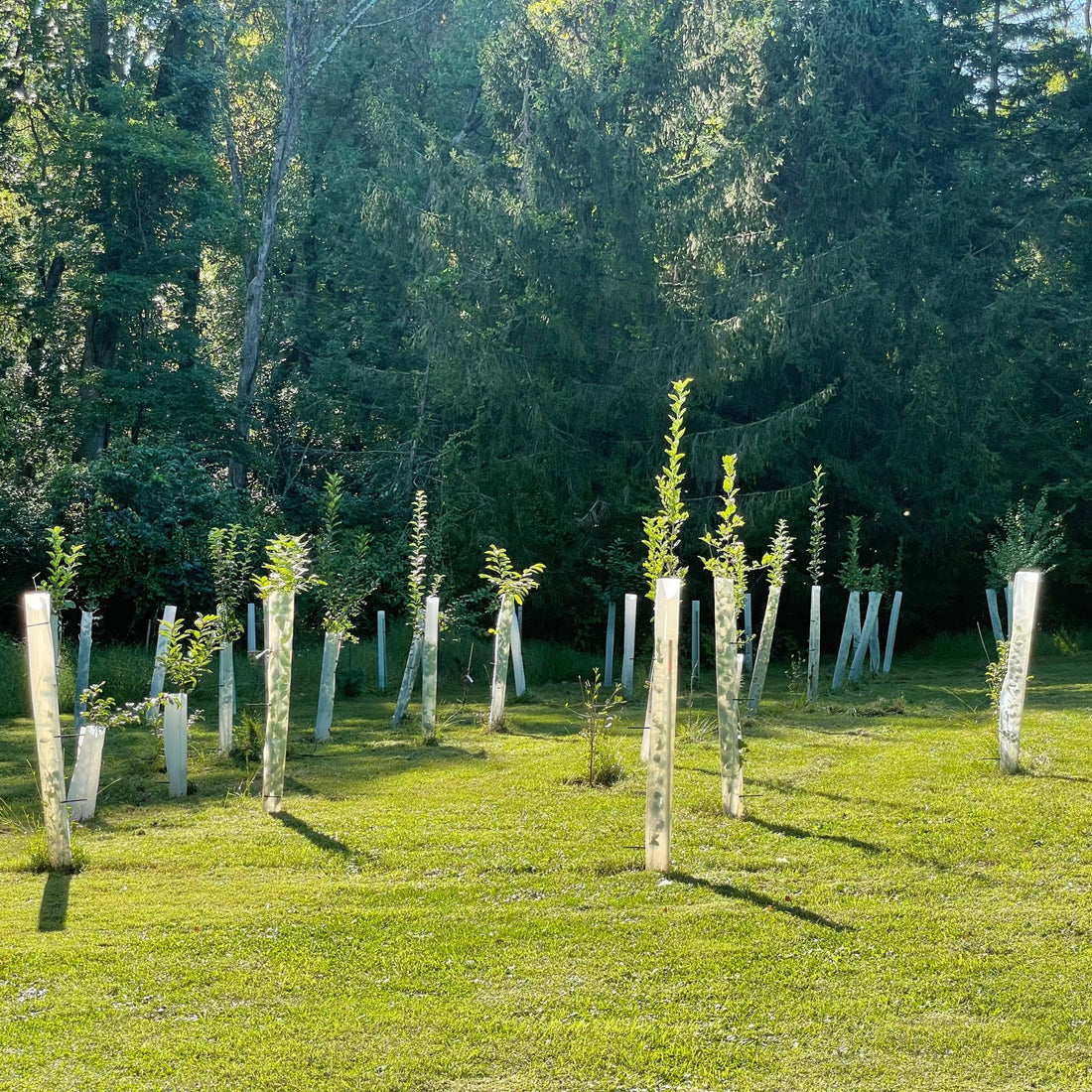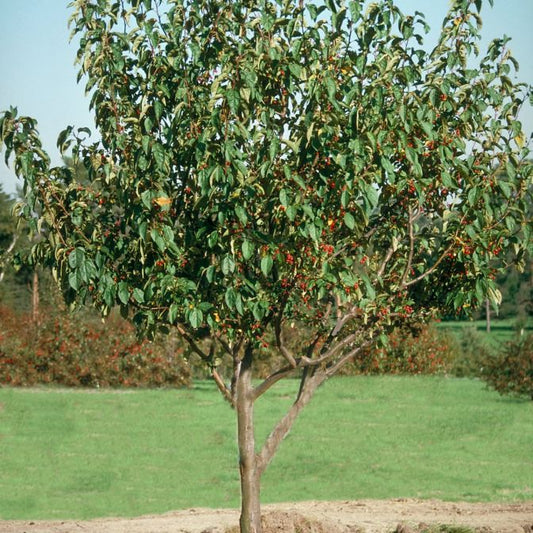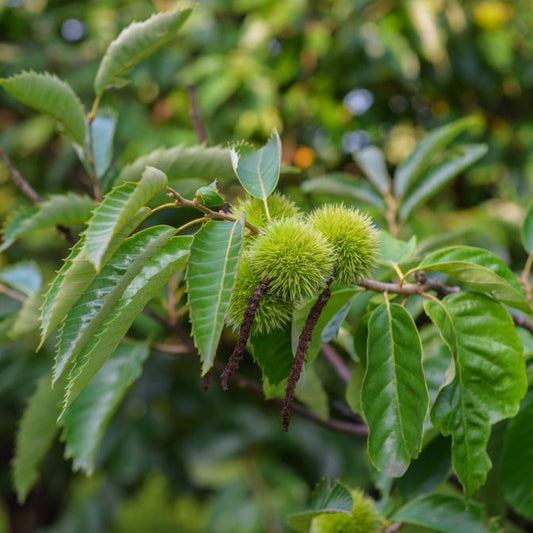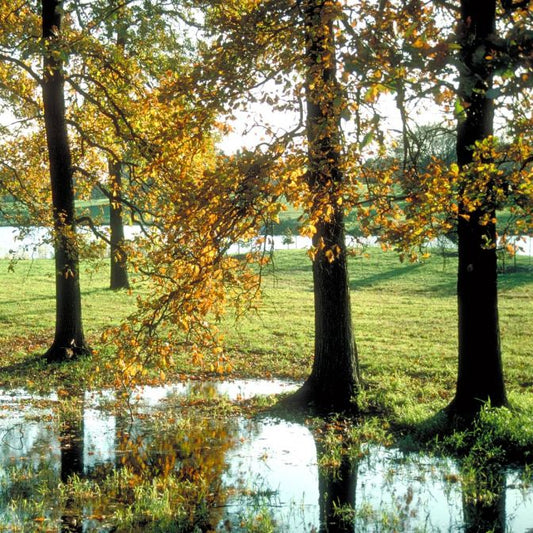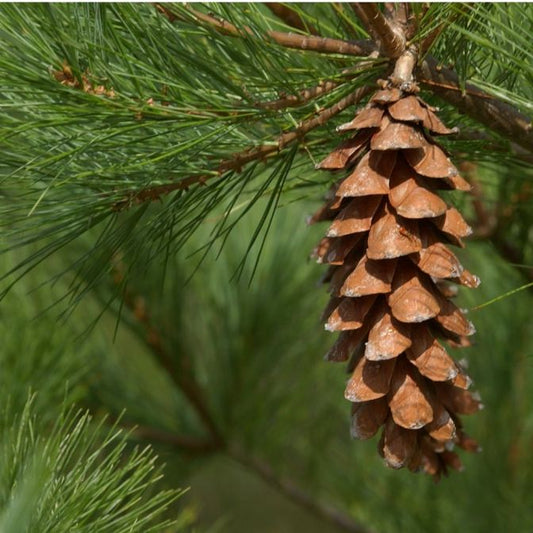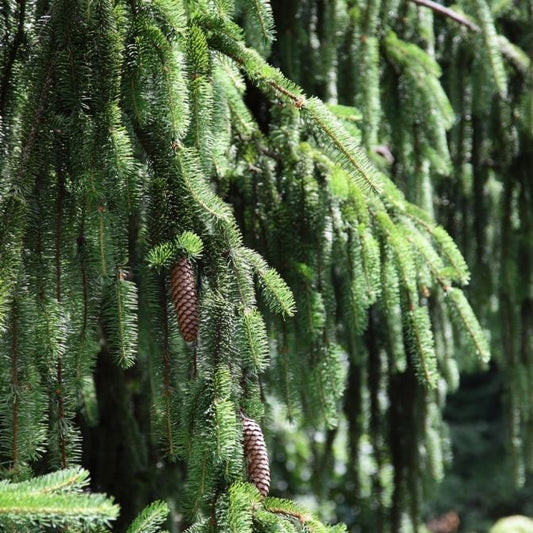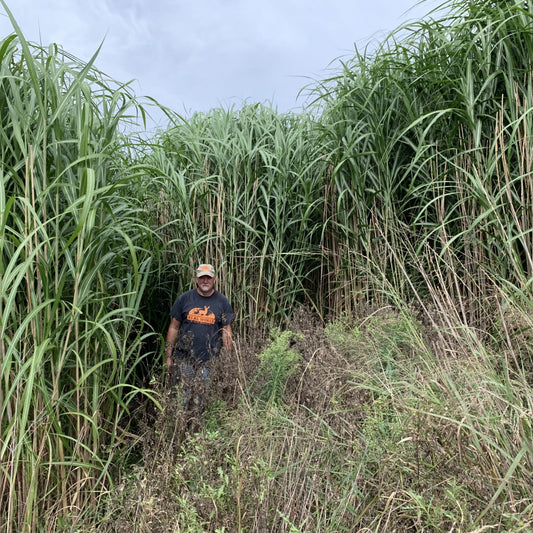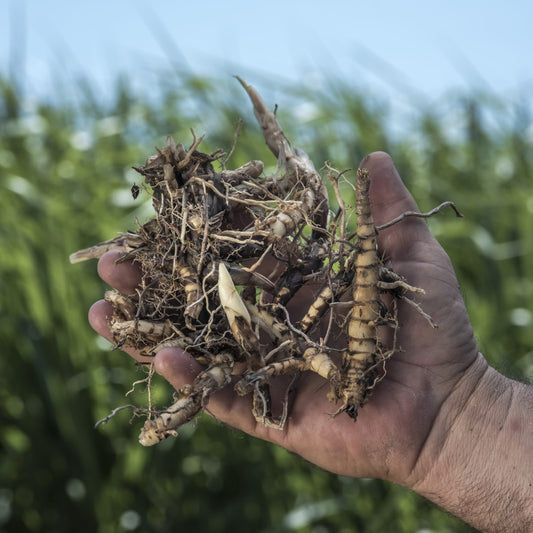Introduction:
In the ever-evolving world of landscaping and habitat improvement, one method has been gaining significant attention for its cost-effectiveness and long-term benefits: planting bare root trees and shrubs. While many gardeners and conservationists are familiar with the advantages of planting greenery, the benefits of opting for bare root varieties often go unnoticed. In this comprehensive guide, we will delve into the hidden advantages of bare root trees and shrubs, with a special focus on how they can contribute to enhancing deer habitat and improving your overall deer hunting experience.
Unveiling the Basics of Bare Root Planting
Before we dive into the world of improving deer habitat, let's understand what bare root trees and shrubs entail. Unlike their container-grown counterparts, bare root plants are sold with exposed roots, devoid of soil. This may seem unconventional, but it comes with several advantages, both for the plant and the gardener.
Bare Root Trees vs. Container-Grown
When it comes to planting trees for deer habitat improvement, choosing the right type is crucial. Bare root trees, including fruit trees and hardwood trees, offer a distinct advantage over their container-grown counterparts. The exposed root system encourages faster establishment, allowing the tree to adapt quickly to its new environment.
Hardwood trees, such as oak and maple, play a vital role in providing shelter and food for deer. These trees are not only a source of sustenance but also contribute to the overall improvement of deer habitat. Planting them in a bare root state ensures a seamless transition and quicker growth, creating an ideal environment for deer to thrive.
Enhancing Deer Habitat: A Natural Approach
Deer habitat improvement goes hand in hand with planting the right trees. Understanding what deer eat is crucial for tailoring your landscape to meet their needs. Fruit trees, in particular, can serve as a valuable addition to your deer habitat improvement strategy. Planting bare root fruit trees provides a cost-effective way to introduce a variety of food sources for deer, ranging from apples and pears to cherries and plums.
The strategic placement of these fruit trees can transform your landscape into a thriving deer habitat, attracting these majestic creatures throughout the year. Not only do fruit trees provide essential sustenance, but they also contribute to the overall biodiversity of your property.
The Art of Planting: Tips for Success
Now that we understand the importance of bare root trees and their role in improving deer habitat, let's delve into the practical aspects of planting them. Whether you're an experienced gardener or a novice, the following tips will ensure a successful endeavor:
1. Choose the Right Species:
Select trees that are native to your region and are known to thrive in the specific conditions of your property. This ensures that the plants are well-suited to the local environment, contributing to their long-term health and growth.
2. Site Selection Matters:
Before planting, carefully assess the site conditions. Consider factors such as sunlight, soil type, and drainage. Deer are particularly attracted to areas with a mix of open spaces and cover, so strategically place your trees to create an appealing habitat.
3. Plant in Groups:
Mimic the natural landscape by planting trees in groups rather than solitary arrangements. This provides a more diverse and attractive environment for deer, encouraging them to frequent the area for both food and shelter.
4. Protect Against Wildlife:
While the goal is to attract deer, it's essential to protect your young plants from other wildlife that may pose a threat. Consider using tree tubes or fencing until the plants are established.
Deer Hunting: Merging Conservation with Recreation
Beyond the ecological benefits, planting bare root trees for deer habitat improvement can significantly enhance your deer hunting experience. Creating a thriving habitat attracts deer to your property, increasing the likelihood of successful hunts. Understanding how to improve your deer hunting involves more than just setting up a stand – it's about creating an environment that appeals to the natural instincts and needs of deer.
Conclusion
In conclusion, planting bare root trees and shrubs is a holistic approach to landscaping that offers numerous benefits, from cost-effectiveness to enhanced deer habitat. By strategically selecting and planting fruit and hardwood trees, you not only contribute to the biodiversity of your property but also create an environment that attracts and sustains deer throughout the year.
As you embark on your journey of habitat improvement and deer hunting, remember that the roots of your success lie in the bare root trees you plant today. So, roll up your sleeves, dig into the rich world of bare root planting, and watch as your landscape transforms into a haven for both wildlife and outdoor enthusiasts alike.

